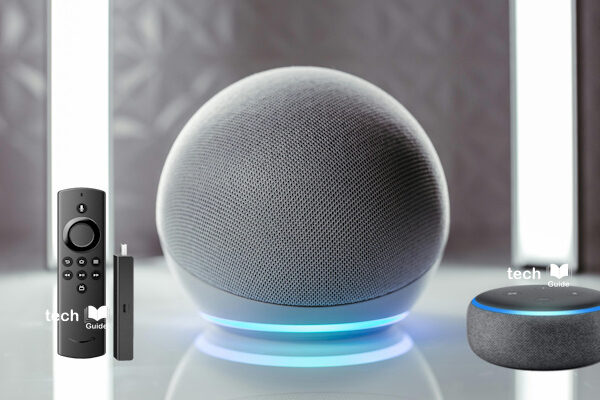
Edge computing is the concept / model for connected devices to process data closer to where it is created — or otherwise termed the “edge.” This can be either within the device itself (i.e. sensors), or close to the device, and provides an alternative to sending data to a centralized cloud for processing. Looking at the drastic growth of connect devices and IOT edge computing is the model that would enable quicker data processing time with self-reliant computing power.
By two years from now, it is estimated that the average person will generate 2 GB worth of data per day. With so many more devices connected to the internet and generating data, cloud computing might not be able to handle it all — especially at the faster speeds required for certain use cases.
Some of the biggies in tech including Amazon, Microsoft, and Google are exploring edge computing, potentially giving rise to the next big computing race.
Though cloud computing changed the paradigm of computing in the last decade, it is no longer sufficient to instantaneously process and analyse the troves of data generated by sensors and IOT devices, connected cars etc. This paves the way for a new computing model called the Edge computing.
While the bulk of data processing for connected devices now happens in the cloud, sending data back and forth across a central server can take too long and the problem with connectivity and bandwidth is another major challenge. These use cases cannot afford any kind of processing delays and such delays can be life threatening. A good example would be an autonomous car.
Why edge computing now?
In our data-heavy future, with billions of devices connected to the internet, faster and more reliable data processing will become crucial.
Edge Computing is described as a “mesh network of micro data centers that process or store critical data locally” and push all received data to a central data center or cloud storage repository.
Edge computing enables data to be processed closer to where it’s created (i.e. motors, pumps, generators, or other sensors), reducing the need to transfer data back and forth between the cloud. Localizing data processing and storage puts less of a strain on computing networks. When less data is sent to the cloud, the likelihood of latency, thus the delay in data processing that results from the interaction between the cloud and IoT devices decreases.






Leave a Reply